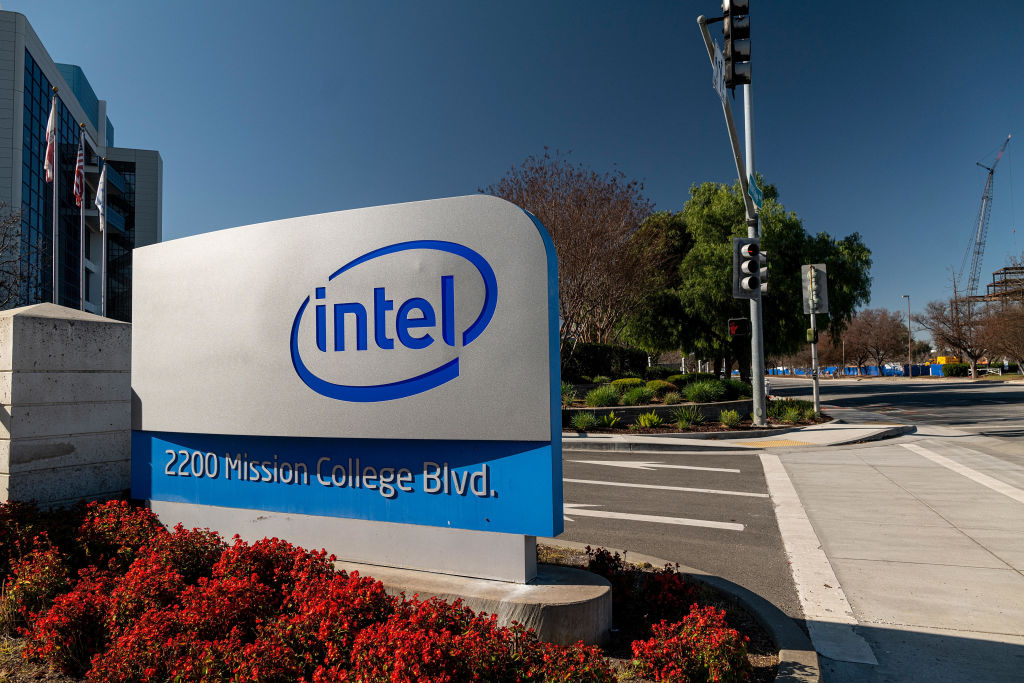Amazon Pharmacy launches its first drone deliveries | TechCrunch
Amazon, on the route to expanding new product categories and delivery routes, is today launching a new service that combines those two strategies into one: Amazon Pharmacy — the company’s online storefront for prescription medication — is going to start delivering products to customers by drones operated by Prime Air, Amazon’s drone delivery service. Amazon said packages will be dropped by drone within 60 minutes of being ordered via Amazon Pharmacy.
The service covers around 500 medications, including those for flu, asthma, and pneumonia; and (for now) it is free to use, Amazon said.
The first area to get drugs by drone will be College Station, Texas, the company said. It declined to say where else it might expand, or when. College Station, along with Lockeford, California, are the only two markets where Prime Air drones have been rolled out so far (covering a limited set of non-Pharmacy products).
Markets where Amazon has launched same-day delivery for Pharmacy are Austin, Indianapolis, Miami, Phoenix, and Seattle — so those might be some of the early markets for drone deliveries, too (pending regulatory clearance).
While Amazon has been slowly adding new services into Pharmacy to make it more market-competitive (for example RxPass, launched earlier this year, lets customers get access to certain medications they take regularly for a $5 flat fee). Prime Air services have been slow to get off the ground, so to speak.
Amazon’s drone delivery program has been in the works since 2013, and in 2016 it made its first delivery, in England. In the U.S., it scored a win in 2020, when it got approval from the Federal Aviation Authority to trial services. But a series of regulatory and other technical issues have impeded it from making any significant roll outs, with multiple observers pointing out how it’s been surpassed by offerings from the likes of Walmart.
There is an obvious logic to adding drone delivery to Amazon’s pharmacy service. If a person is unwell and unable to collect prescriptions in person, but is also needing them urgently and may not have someone else to help them out, drone becomes a quick and easy route for that customer.
Amazon’s focus on the at-home opportunity is not contained just to the delivery of meds. Amazon Clinic provides virtual evaluations and treatment recommendations covering some 35 conditions; and the company’s One Medical service (which it acquired for $3.9 billion in July 2022) provides virtual and in-person primary care services.
“We’re taught from the first days of medical school that there is a golden window that matters in clinical medicine,” said Dr. Vin Gupta, chief medical officer of Amazon Pharmacy, in a statement. “That’s the time between when a patient feels unwell and when they’re able to get treatment. We’re working hard at Amazon to dramatically narrow the golden window from diagnosis to treatment, and drone delivery marks a significant step forward. Whether it’s an infectious disease or respiratory illness, early intervention can be critical to improving patient outcomes.”
There is a business logic too: delivery trucks have very high costs associated with them, from labor through to the operation (and insurance) of the vehicles themselves.
The company tells me that the operation in College Station is based around a pharmacy it opened in the town to lay the groundwork of the drone delivery service. Tthe medications are overseen by a pharmacist onsite and then loaded on the drone located immediately outside the pharmacy. This also points to is an interesting opportunity down the line: Amazon working with other pharmacies offering similar drone delivery services to them.




